CO₂ vs. Ethanol Extraction: Which Method Preserves Cannabinoids Best?

CO₂ vs. Ethanol Extraction: Which Method Preserves Cannabinoids Best?
At Tayco Farms, we believe hemp should be treated with the same care as food — clean, safe, and minimally processed. That philosophy applies to everything we do, especially extraction.
If you're curious about how hemp oils are made — and which method delivers the cleanest, most potent final product — this deep dive into CO₂ and ethanol extraction will help you understand what you’re consuming and why it matters.
What Is Hemp Extraction and Why It Matters
Extraction is the process of pulling out active compounds — like cannabinoids and terpenes — from raw hemp flower so they can be used in tinctures, gummies, topicals, and more. But not all extraction methods are created equal.
How you extract determines:
-
How much of the original cannabinoid profile survives
-
Whether beneficial terpenes are preserved or destroyed
-
If any solvents are left behind in the final product
Understanding the difference between CO₂ and ethanol extraction is crucial if you're serious about product purity.
Method 1: CO₂ Extraction
CO₂ (carbon dioxide) extraction uses pressurized carbon dioxide at supercritical temperatures to separate cannabinoids and terpenes from the hemp plant. “Supercritical” means the CO₂ behaves like both a gas and a liquid — allowing it to penetrate the plant and dissolve compounds efficiently.
Pros:
-
Excellent preservation of delicate compounds like THCa and CBDa
-
Zero solvent residue — CO₂ fully evaporates
-
Highly tunable — temperature and pressure can be adjusted to isolate specific cannabinoids or terpenes
Cons:
-
Expensive equipment and trained staff required
-
Slower throughput than ethanol
-
High energy use depending on the scale of the lab
CO₂ is widely considered one of the cleanest and safest methods available — when done right.
Method 2: Ethanol Extraction
Ethanol extraction involves soaking hemp in alcohol to dissolve cannabinoids and other plant materials. It’s fast and scalable, which makes it popular in commercial production.
Pros:
-
Fast processing times, great for high-volume extraction
-
Efficient at full-spectrum extraction, meaning you get a wide array of cannabinoids and terpenes (initially)
Cons:
-
Higher risk of solvent residue if not purged properly
-
Often requires winterization to remove waxes and fats
-
Heat during post-processing can degrade fragile compounds like terpenes and CBDa
While ethanol can be safe when handled properly, the aggressive nature of alcohol can break down or wash away some of the very compounds that give hemp its full effect.
Comparing the Two: What’s Better for Cannabinoid Preservation?
If your priority is preserving the full range of cannabinoids in their original, acidic form — think THCa, CBDa, and CBGA — CO₂ is the better option.
Why? Because it operates at lower temperatures and doesn’t require aggressive solvents or purging. This means you get more of what nature intended, intact.
Ethanol, even when chilled, is a harsher extraction medium. It can extract more quickly, but that speed comes at a cost — mainly the loss of terpenes, cannabinoid degradation, and the need for extra purification.
But at Tayco Farms, We Don’t Use Either
That’s right. We don’t use CO₂ or ethanol. We believe solventless extraction is the gold standard.
Our extracts are produced using:
-
Ice-water separation
-
Rosin pressing
-
Mechanical filtration
These techniques use only water, pressure, and gentle heat to extract cannabinoids — with zero solvents, zero chemical risk, and full-spectrum preservation.
The result? A rosin-based oil that holds onto the plant’s natural cannabinoid and terpene structure better than either CO₂ or ethanol can.
Which Method Is Safer?
Let’s talk consumer safety.
| Factor | CO₂ | Ethanol |
|---|---|---|
| Residual solvents | None | Possible if not purged |
| Flammability | Non-flammable | Highly flammable |
| Regulatory approval | FDA GRAS (Generally Recognized As Safe) | GRAS, but strict handling requirements |
| Equipment hazards | Requires trained technicians | Requires solvent recovery systems, explosion-proof gear |
The Takeaway
CO₂ is the cleaner, slower, more precise route. Ethanol is fast, cheap, and rough on terpenes. But solventless extraction — the Tayco way — avoids the compromise altogether.
If you’re serious about what you put in your body, ask the brands you buy from:
-
What extraction method do you use?
-
Do you test for residual solvents?
-
Are acidic cannabinoids like CBDa and THCa preserved?
Because at the end of the day, how it’s made matters just as much as what’s on the label.
FAQ: Extraction Questions, Answered
Q: Is CO₂-extracted CBD better than ethanol-extracted CBD?
A: It depends on the goal. CO₂ better preserves cannabinoids and terpenes. Ethanol is faster but may require more refinement.
Q: Can ethanol leave behind chemicals in the final product?
A: Yes — especially if the company doesn’t purge it properly. That’s why third-party testing is critical.
Q: Is solventless extraction really better?
A: In our view, yes. It avoids all chemical solvents and protects the full-spectrum benefits of the plant.
Q: Does Tayco Farms use CO₂ or ethanol?
A: No. We only use solventless methods: ice water, heat, and pressure. Clean, natural, and terpene-rich.
No comments

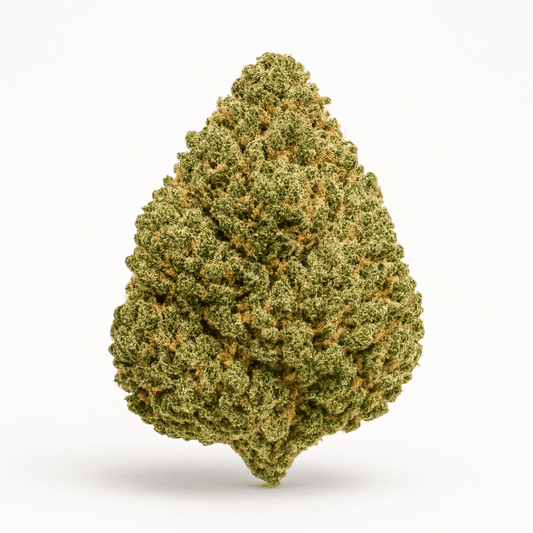

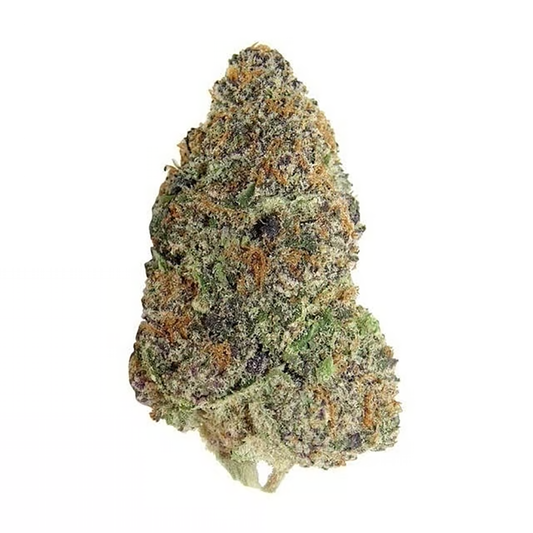
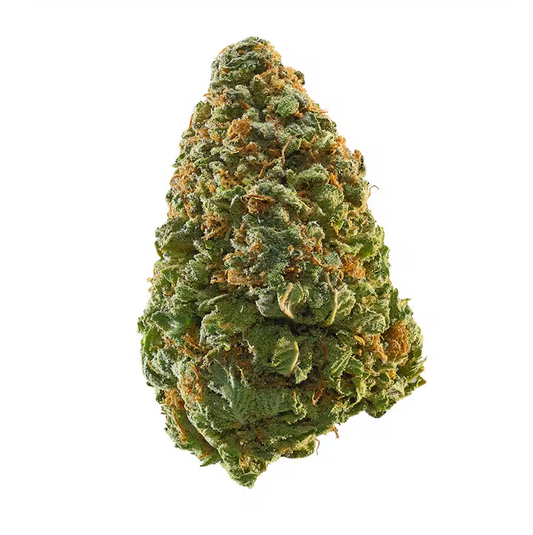
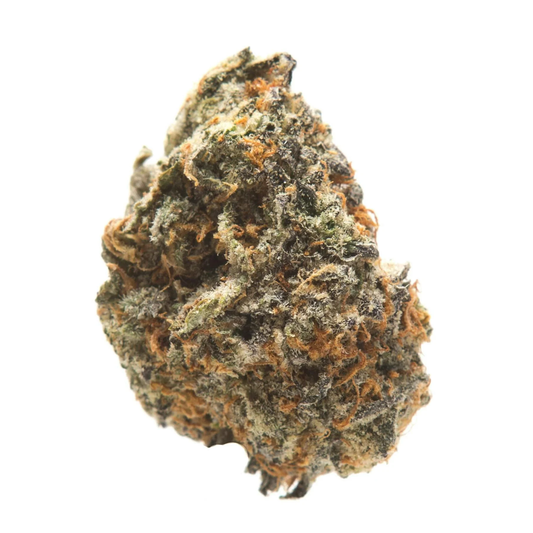
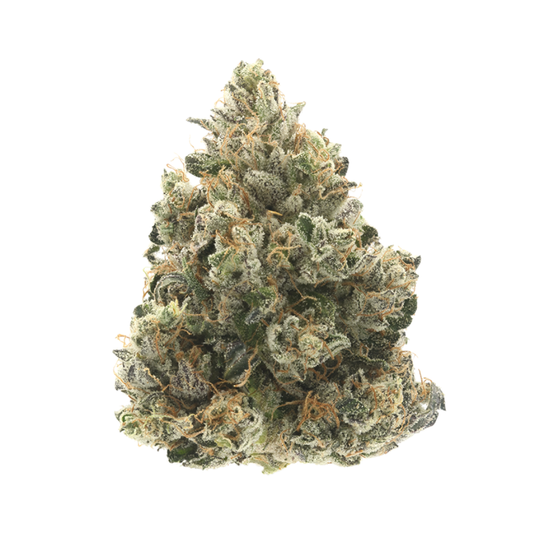
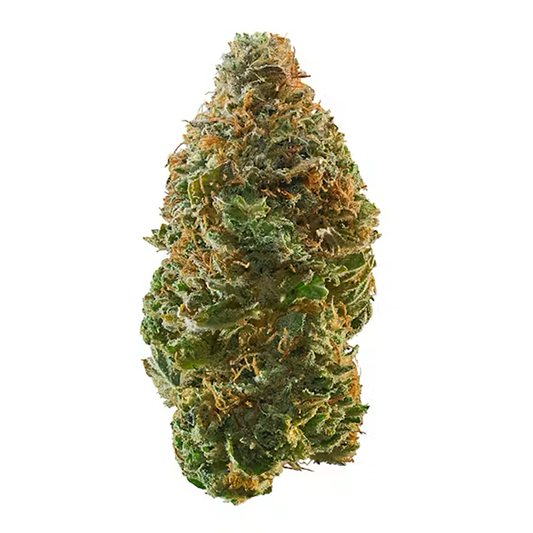






0 comments